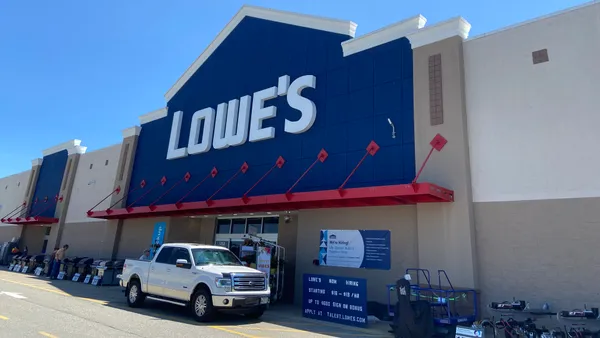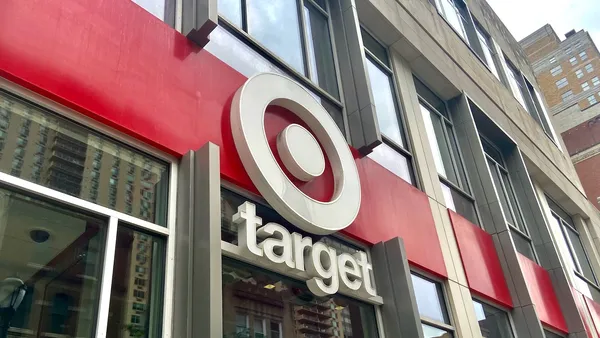Dive Brief:
-
In a much emailed story this week, the New York Times, citing data from the Association of American Publishers, hailed the return of old-fashioned print books as e-book sales have fallen 10% in the first five months of the year.
-
But that’s not as clear-cut as it sounds, writes Mathew Ingram in Fortune, though, he says, some of the decline is indeed due to a rise in e-book prices.
-
Rather than a triumph of print over digital books, Ingram says the figures also stem from a decline of market share for traditional publishers, and a rise in independently published books.
Dive Insight:
The re-birth of many independent booksellers nationwide is a real thing, attributed to strong moves by those stores to tap into the buy local movement, establish meaningful relationships with their customers, and streamline some of their business practices. In many ways, those booksellers have more or less dropped the idea of competing with Amazon per se, and have taken steps to compete alongside Amazon.
But that success hides some real truths not explored in the New York Times piece: that the great tussles in recent years between Amazon and traditional publishers over e-book prices may have cost those publishers e-book sales. Meanwhile, authors who find it difficult to get any attention from traditional publishers are taking advantage of Amazon’s well established self-publishing program.
“[D]igital platforms from companies like Amazon are ultimately dis-intermediating existing industries like book publishing, by allowing content creators to do an end-run around incumbents and sell directly to consumers,” writes Ingram. “And that is almost certainly a good thing for readers — although perhaps not so good if you are a mainstream publisher.”












